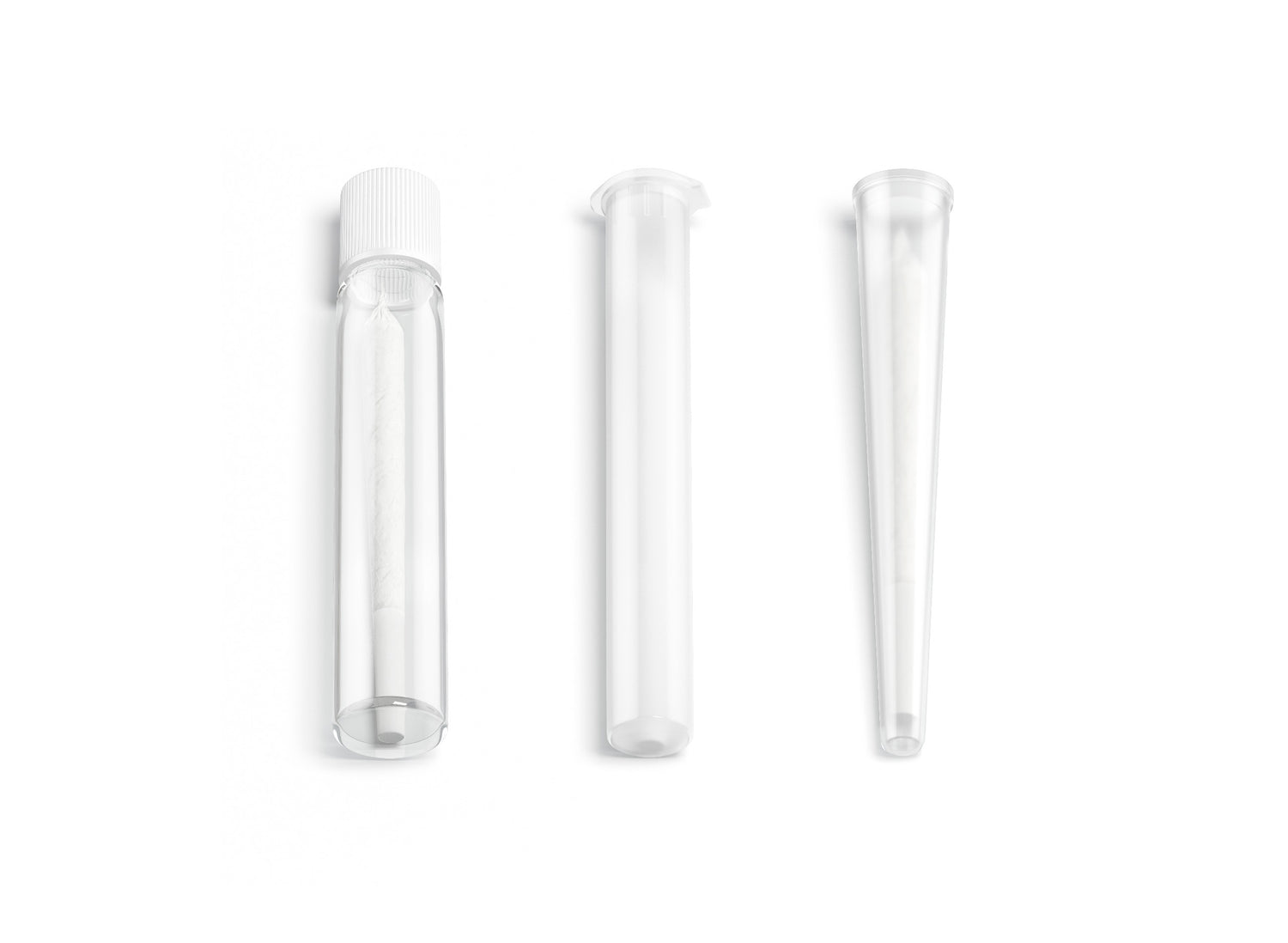The cannabis industry has been rapidly evolving, and with it, the conversation around packaging solutions. Among the various options available, child-resistant packaging has emerged as a significant consideration. This guide delves into the nuances of child-resistant versus non child-resistant packaging for cannabis, exploring their respective advantages and limitations.
What is Child-Resistant Packaging?
Essentially, child-resistant packaging refers to packaging that is intentionally made to be hard for children under five to open but remains reasonably easy for adults to handle. These packaging products, including child-resistant mylar bags, jars with special caps, and tins, play a vital role in the cannabis sector. They help prevent children from accidentally consuming cannabis products, which can lead to severe outcomes.
Pros of Child-Resistant Packaging
- Enhanced Safety: The foremost advantage of child-proof packaging, like child-resistant tins, lies in its increased safety feature. It’s crafted to be hard for children to open, thus lowering the chances of them accidentally consuming cannabis products, which can be especially hazardous for them.
- Regulatory Compliance: Many regions mandate child-resistant packaging for marijuana products. Consequently, weed producers in such jurisdictions must source wholesale child-resistant packaging for cannabis to ensure their businesses adhere to legal requirements and avoid potential fines and legal issues.
- Consumer Trust: Consumers, particularly parents, may feel more comfortable purchasing cannabis products that are packaged in a way that prioritizes the safety of their families, thereby potentially increasing customer loyalty and trust.
Cons of Child-Resistant Packaging
- Cost Implications: Implementing child-resistant features can increase the cost of packaging. This additional expense might be passed on to consumers, potentially making products less affordable.
- Environmental Concerns: Child-resistant packaging often requires more complex mechanisms and materials, which can have more environmental impact compared to non child-resistant options.
- Accessibility Issues: For some users, especially the elderly or those with disabilities, child-resistant packaging can be challenging to open, impacting the ease of use.
What is Non Child-Resistant Packaging?
Non child-resistant packaging is any packaging that does not meet the criteria for child resistance. This variant is easier to use, more direct in its design, and often more affordable. However, its simplicity comes at the cost of reduced protection against unintended child access.
Pros of Non Child-Resistant Packaging
- Cost-Effectiveness: Generally, non child-resistant packaging is less expensive to produce, making it a more economical choice for both businesses and consumers.
- Simpler Design: Such packaging can be less complex, offering ease of use for a broader range of consumers, including the elderly and those with physical limitations.
- Environmental Friendliness: With potentially fewer materials and simpler designs, non child-resistant options may be more environmentally sustainable.
Cons of Non Child-Resistant Packaging
- Increased Risk of Accidental Ingestion: This type of packaging does not have specialized features to prevent children from accessing potentially harmful substances. Therefore, it significantly raises the risk of accidental ingestion, especially in products that might be attractive to children, like edibles.
- Non-Compliance with Safety Regulations: Many regions have strict regulations requiring child-resistant packaging for certain products, including cannabis. Using non child-resistant packaging can lead to non-compliance with these regulations, which might result in legal and financial repercussions.
- Limited Market Appeal: For consumers who prioritize safety, especially those with children, non child-resistant packaging may be less appealing. This limitation can restrict the marketability of the product.
The Bottom Line
Choosing between child-resistant and non child-resistant packaging for cannabis products like edibles and dab carts involves balancing safety, compliance, cost, and environmental considerations. Child-resistant solutions offer enhanced safety and compliance but come with higher costs and potential accessibility issues. On the other hand, non child-resistant packaging is more cost-effective and user-friendly but lacks the safety features required to protect children. Ultimately, the decision should align with both legal requirements and consumer needs, ensuring a responsible and sustainable approach to cannabis packaging.














Leave a comment
All comments are moderated before being published.
This site is protected by reCAPTCHA and the Google Privacy Policy and Terms of Service apply.